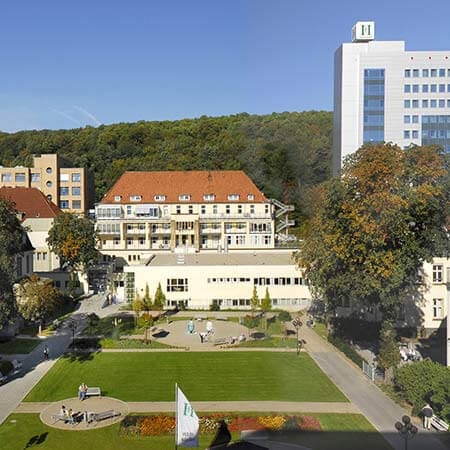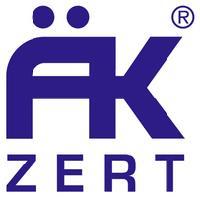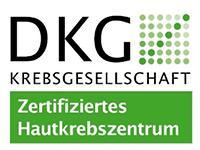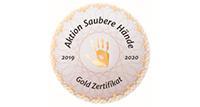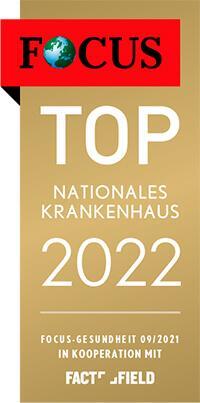Polydactyly is a congenital anomaly in which a child has an extra finger or toe. It is usually only one, but there may be 2, 3 and even 5 additional fingers. Some patients develop polydactyly of the feet and hands at the same time. There are also cases of a combination of polydactyly with other malformations of the upper and lower limbs. The disease is successfully treated in German clinics. You are welcome to undergo the treatment of polydactyly in children in Germany in order to get a good aesthetic result, fully preserving the function of the limbs and avoiding complications.
Content
- Treatment of hand polydactyly
- Treatment of foot polydactyly
- Where can I get treatment?
Polydactyly is treated surgically. In the simplest cases, it is enough to remove an extra finger. In more complex cases, the intervention involves the bones, joints, ligaments and tendons.
You can contact the following clinics: University Hospital of Ludwig Maximilian University of Munich, University Hospital Erlangen, HELIOS University Hospital Wuppertal.
We will arrange your treatment, if you book an appointment in the clinic through our service. If necessary, Booking Health specialists will help you select a clinic and a doctor, and tell you about modern treatment methods. Company managers will quickly book an appointment for you, help you apply for a visa and come to the clinic with a child, take care of the translation of medical reports and provide an interpreter, book a hotel, arrange insurance, and control the cost of medical services. The Booking Health doctors will provide independent monitoring of all stages of treatment and rehabilitation.
Treatment of hand polydactyly
The timing of treatment of polydactyly in children is chosen individually. Additional fingers which are attached by the skin only can be removed in the first year of life. However, polydactyly is more often treated at preschool age.
The type of surgery that is performed to remove the extra toe depends on the type of the defect. Doctors most often have to deal with radial polydactyly when an extra thumb is formed. There are different types of this variant of polydactyly.
Type 1 is when the extra finger is underdeveloped, asymmetrical. This form is usually easy to cure.
Type 2 is more complex. The additional finger shares a common joint with the main finger. Bones (phalanges of fingers) can also be connected. After simple removal of the additional finger, these patients develop functional impairment and aesthetic defects due to secondary deformity. Therefore, patients do not require removal, but rather finger fusion to preserve the joints, tendons, and neurovascular bundles. Modern plastic surgery techniques make it possible to achieve a normal finger shape that is virtually indistinguishable from the opposite hand.
Type 3 is even more complex, but rare. Each finger, primary and secondary, has its own first metacarpal bone. During the operation, doctors partially remove the metacarpal bones and additional phalanges of the first finger. Surgical intervention is carried out taking into account the area of fixation of muscles and tendons.
German doctors not only successfully eliminate any form of polydactyly with good aesthetic and functional results, but also carry out treatment of patients who have already undergone poor-quality treatment in another clinic. For example, in the case of the development of a secondary deformity after the unreasonable removal of an additional finger with type 2 polydactyly, doctors perform operations to form a lateral ligament. Doctors can lengthen the opposite ligament, with a skin graft, and fix the bones with pins for several months.
Treatment of foot polydactyly
Foot polydactyly can also be treated at different ages, depending on the peculiarities of the defect. In case of doubling of the 5th toe, the operation can be performed as early as 6 months. In case of doubling of the first toe, as well as in all cases where free skin flap transplantation is required, the operation is performed after 10 months of age. If reconstruction of the foot is required, the operation is performed from the age of 1.5 years. If bone resection or osteosynthesis are required, the operation is performed from the age of 3 years.
Taking into account these limitations, the doctors try to carry out the operation as early as possible. This is due to the fact that polydactyly contributes to the formation of an incorrect walking stereotype. As a result, other bones and joints may be deformed, which will require additional treatment.
The methods of operation are individual, since different patients have very different types of the defect. Most of the medial and lateral toes of the tibial and peroneal polydactyly are removed. German doctors strive to minimize the deviation of the great toe in the case of tibial polydactyly. To treat central foot polydactyly, which is rare, surgeons make a racket-shaped incision to remove extra toes.
Where can I get treatment?
You can go to Germany for the diagnostics, treatment and rehabilitation in polydactyly in children. You should not delay contacting a specialist: polydactyly can lead to improper formation of the hand or foot, impaired hand or walking skills. This is not only an aesthetic, but also a functional defect, which causes complications.
There are a few reasons for you to have surgery in Germany:
- good result from the first attempt: no need to perform revision treatment of the disease with the help of a second operation;
- low risk of complications;
- comprehensive preservation of the function of the hand or foot;
- individual approach to the correction of the defect;
- excellent aesthetic result;
- fast and comprehensive recovery.
You can find prices in German medical centers on the Booking Health website. You can compare the cost of operations in different hospitals in order to book a treatment at a favorable price. Our experts will hold a consultation, help you select clinics in Germany and arrange your trip.
Authors:
The article was edited by medical experts, board-certified doctors Dr. Nadezhda Ivanisova and Dr. Sergey Pashchenko. For the treatment of the conditions referred to in the article, you must consult a doctor; the information in the article is not intended for self-medication!
Sources:
PubMed
NHS
MedicineNet
